Natural History Museum Vienna is an imposing building at the Maria Theresien Platz at the heart of the city. As the name suggests, it is a museum of natural history with specimens meticulously arranged in chronological order.
Time is short – use it well
I checked my calculation again and again. Even when we were in the train to Vienna, I double-checked the timings. We had enough time for only one museum. I was in two minds between KHM and NHM. But few youtube videos later, I had made up my mind. NHM it had to be. It is said to be endowed with artifacts/murals and specimen from all walks of science. Plus it boasted of a planetarium too. Moreover, NHM remains open till 6:30 PM – half an hour more than KHM which made the deal in its favor.
Getting to the Natural History Museum
Getting to KHM (it is also called Naturhistorisches Museum) from the Airport hotel – in fact, any place in Vienna is not very difficult. Ravi quickly googled the route and sent me screenshots which we could follow even without being online. So we could take an OBB train from Wien Flughafen (that’s the Airport station) to Wien Hauptbahnhof (that’s the main train station). From the main station, it is pretty easy to pick a U-train to Kalzplatz from where the Museums are within 10-15 minutes walking distance. We could use our Eurail passes for the OBB and only had to purchase the U-train tickets which were around 4.80 euros per person.
We emerged from the basement at Karlzplatz station (called U-Bahn in German) and walked towards the Museum’s Quartier. After a goof-up on the map and a km long detour, we arrived at this mesmerizing statue of Queen Maria Theresa. We took a moment to admire the sculpture as the queen majestically looks down on her subjects, with her courtiers and horsemen stand guard at the four corners on the base of the statue. We took a right turn and walked up to the stairs leading to the Natural Histories museum. Ticket information is available on their website – here is the link to the English version – https://www.nhm-wien.ac.at/en. We preferred to buy ours at the ticket counters of the museum.
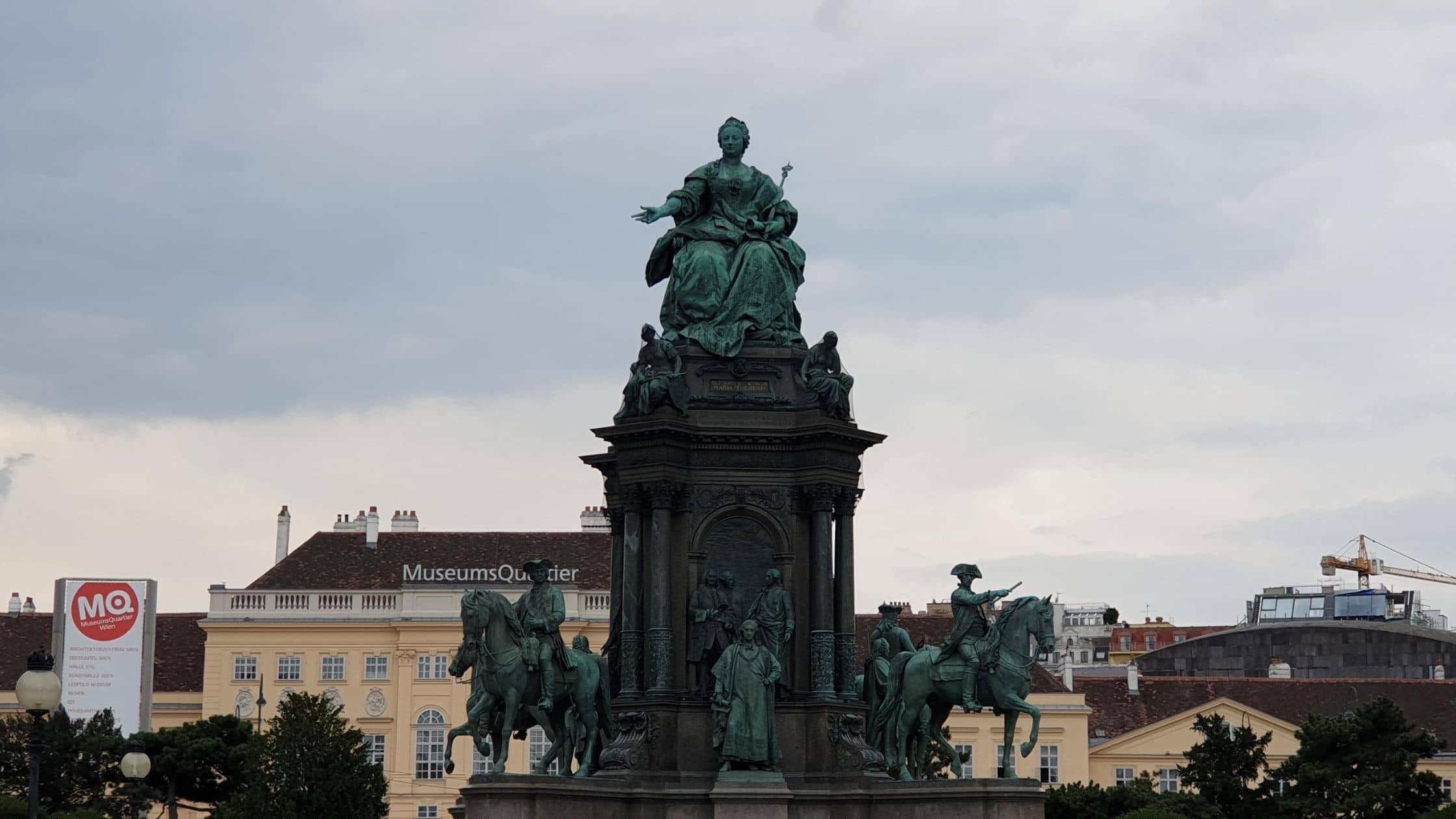
Background of Natural History Museum Vienna
The Roman emperor Francis I was an avid science patron. In the year 1750, he purchased a large collection of rare objects from a scientist named Chevalier Johann de Baillou. These were fossils, rare specimens of precious minerals, and stones. Over the next few years, the emperor funded a number of scientific expeditions around the world. The collection of rare objects of interest kept growing.
Meanwhile, the renaissance period was ending making way for the age of enlightenment. Monarchs were expected to make noteworthy contributions to fostering the scientific spirit. So after the emperor’s death, his wife, the famous queen Maria Theresa donated the entire collection to the state forming the cabinet of natural history. The cabinet conducted and funded many practical pieces of research in the field of natural science. In the process, the collection of rare items kept growing.
Almost a century later, in 1889, the Naturhistorisches Museum Wien was commissioned by Emperor Franz Joseph I. The general Austrian public could now expose themselves to the world of science.

Sections of the Natural History Museum Vienna
The NHM is meticulously organized in natural chronological order. There are a total of 39 exhibition rooms that cover a massive 8,460 square meter area housing more than 100,000 interesting objects. The specimens are wonderfully cataloged and arranged in sections.
We started our tour with mineralogy, rare gems, and precious stones and meteorites. The section ended with a bit about space. The next section starts with the timeline of evolution from dinosaurs via neanderthals to modern homo sapiens. The timeline continues through the ice age, copper age et al to the modern age. These sections form one wing of the museum. The other wing is entirely dedicated to zoology.

Mineralogy section
The evolution of minerals
Our earth is home to more than 5,000 minerals. However, all of them did not form at the same time. They developed over a period of time and their evolution is closely linked with the development of the planet.
It is a surprising fact that Earth has more minerals than any of the planets or satellites out there. Studies show that Moon has some 300 minerals whereas Mars has 420. Scientists have concluded that the presence of more minerals on earth is linked to the existence of life on the planet. Without life, more than 50% of minerals on earth wouldn’t have existed.
Information panels reveal the entire process in detail about how minerals were formed. Most of the information boards are bilingual – English and German. Only a few of them are exclusively German. A staffer at the museum told us that these were soon to be translated into English.
Big Bang
Big bang happened some 13.8 billion years ago. Helium and Hydrogen were the first elements that existed. Other elements were created from Hydrogen and Helium during nuclear fusion in stars. As the life cycle of stars progressed, their explosions pushed the newly formed elements in huge clouds of gas which dispersed into space in the form of tiny specs of dust. These are called “ur-minerals“.
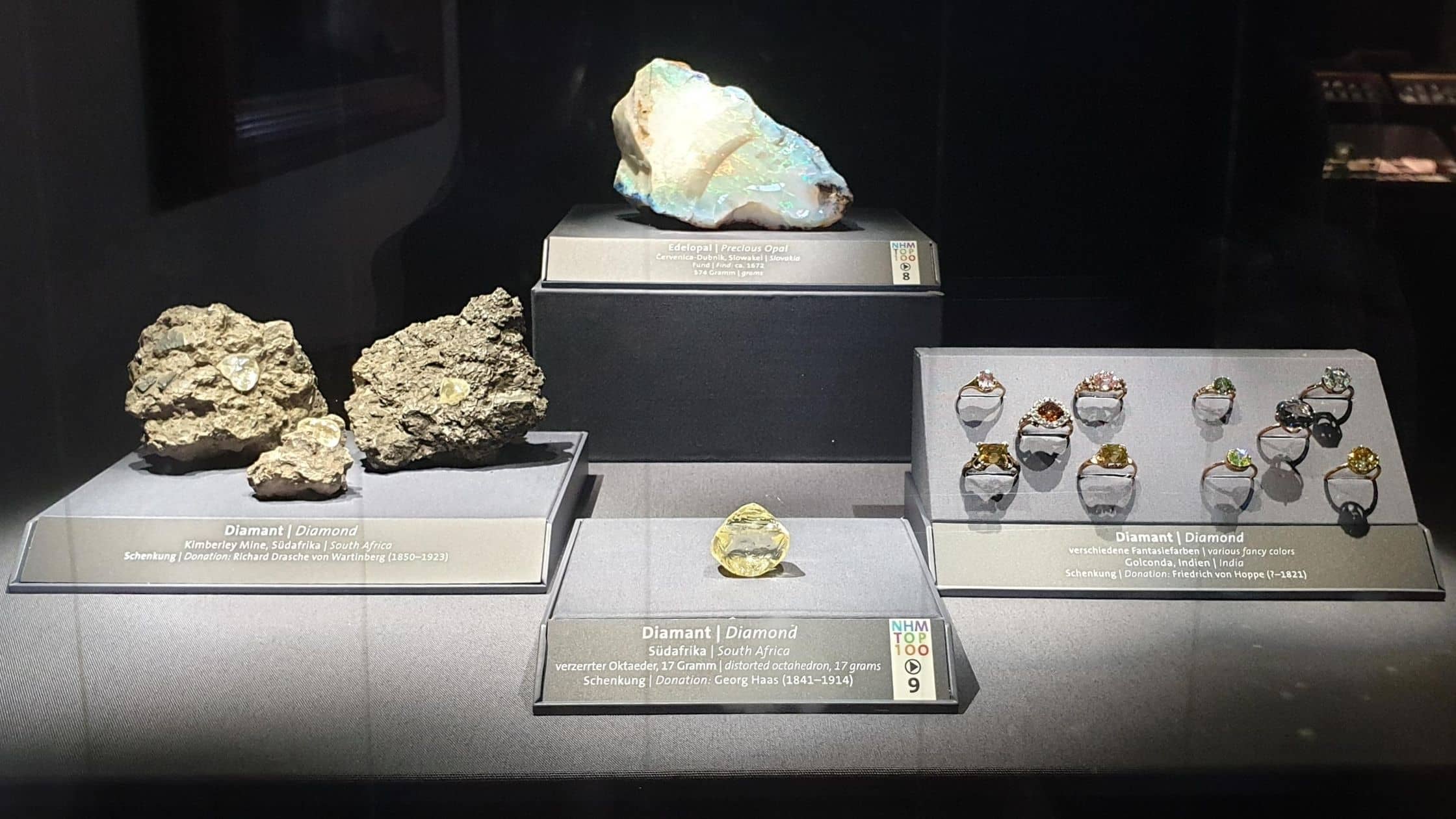
The primitive solar system
The solar system was born 4.65 billion years ago from a cloud of dust and gas. Most of the matter was concentrated in the center, in what is called the protosun – an object which would later develop into the sun as we know it. The protosun was surrounded by a solar nebula from which about 60 different minerals condensed during cooling and formed dust grains. They started out small and eventually become large lumps of matter to form asteroids and planets. In this process, around 200 new minerals were created.
Almost all meteorites were originally part of the asteroids orbiting the sun between Mars and Jupiter. These meteorites were also responsible for the presence of minerals on earth.
Black Earth
Our planet was very different at the time of its formation around 4.5 to 4 billion years ago. The earth’s surface was marred with intense volcanic activity. Molten material from the earth’s core was being churned and pushed to the surface where it cooled and hardened. This process resulted in the formation of 300 to 500 new minerals.
Rapid climatic changes made the minerals melt and cool repeatedly. This too caused new minerals to be created. During the cooling process, certain minerals quickly form crystals while some remain in the residue melts. As the temperature plummets, these result in pegmatites which often contain rare minerals.
Tectonic plate movement
As the earth’s tectonic plate moved against each other, over a large period this movement gave birth to 500 new minerals.
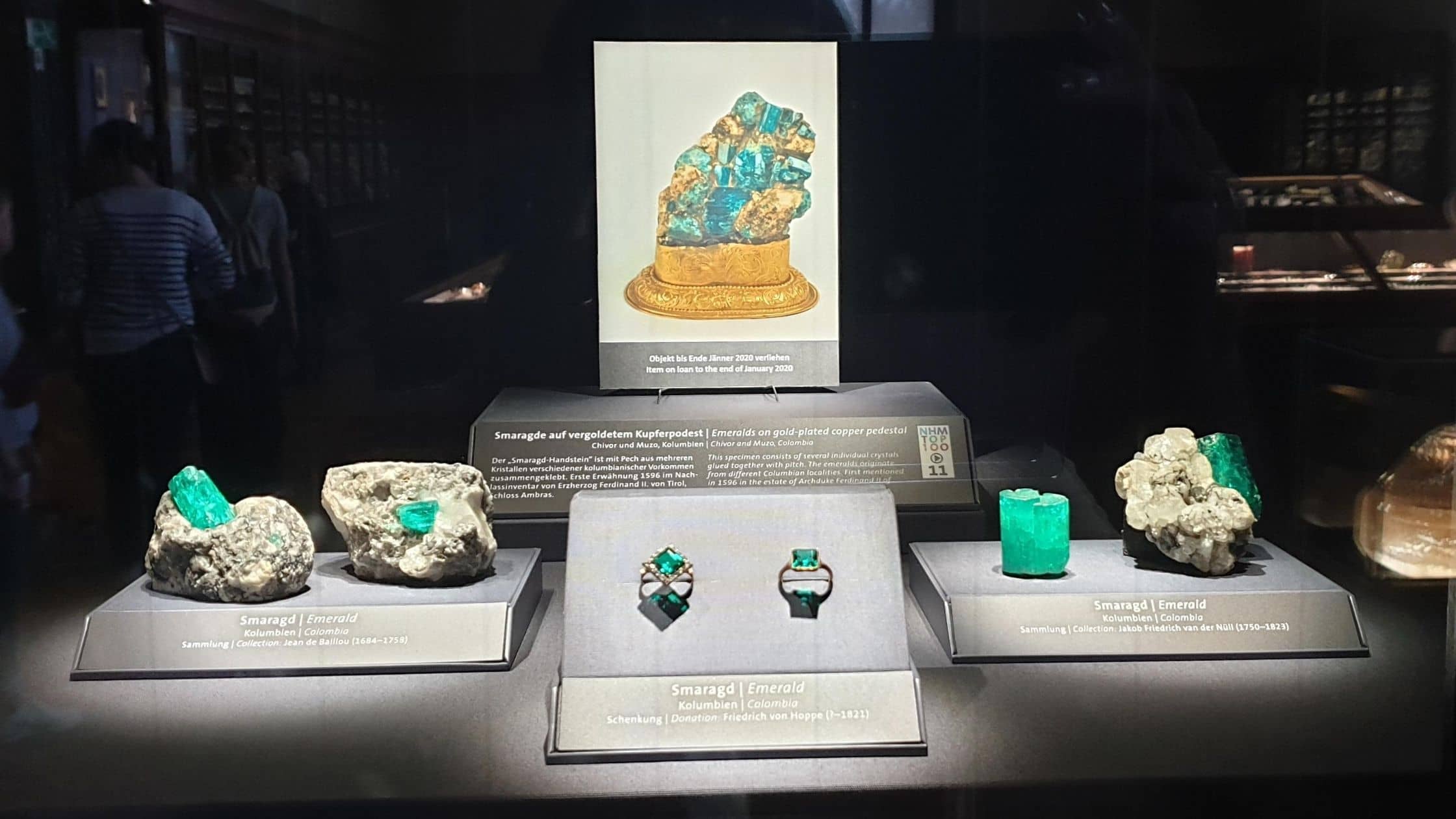
Living organisms form minerals
Life began small and simple in the form of single-cell organisms some 3.8 million years ago. The advent of life brought with it a small new process with far-reaching consequences- metabolism. Bacteria and algae in the shallow seas released calcium carbonate as a result of their metabolism. The calcium carbonate deposited in the form of finely layered rocks called stromatolites.
Oxygen rises high
Photosynthesis by oceanic organisms produced oxygen and this oxygen was released in the atmosphere. The change in atmospheric composition was slow but steady. It took about a million years – from 3.5 to 2.5 billion years ago to make some perceptible change in our earth’s primitive rocks. Due to oxidization, the black volcanic rocks now began to rust and turn red. As the concentration of oxygen rose, the number of minerals on our planet rose from 1500 to 4000.
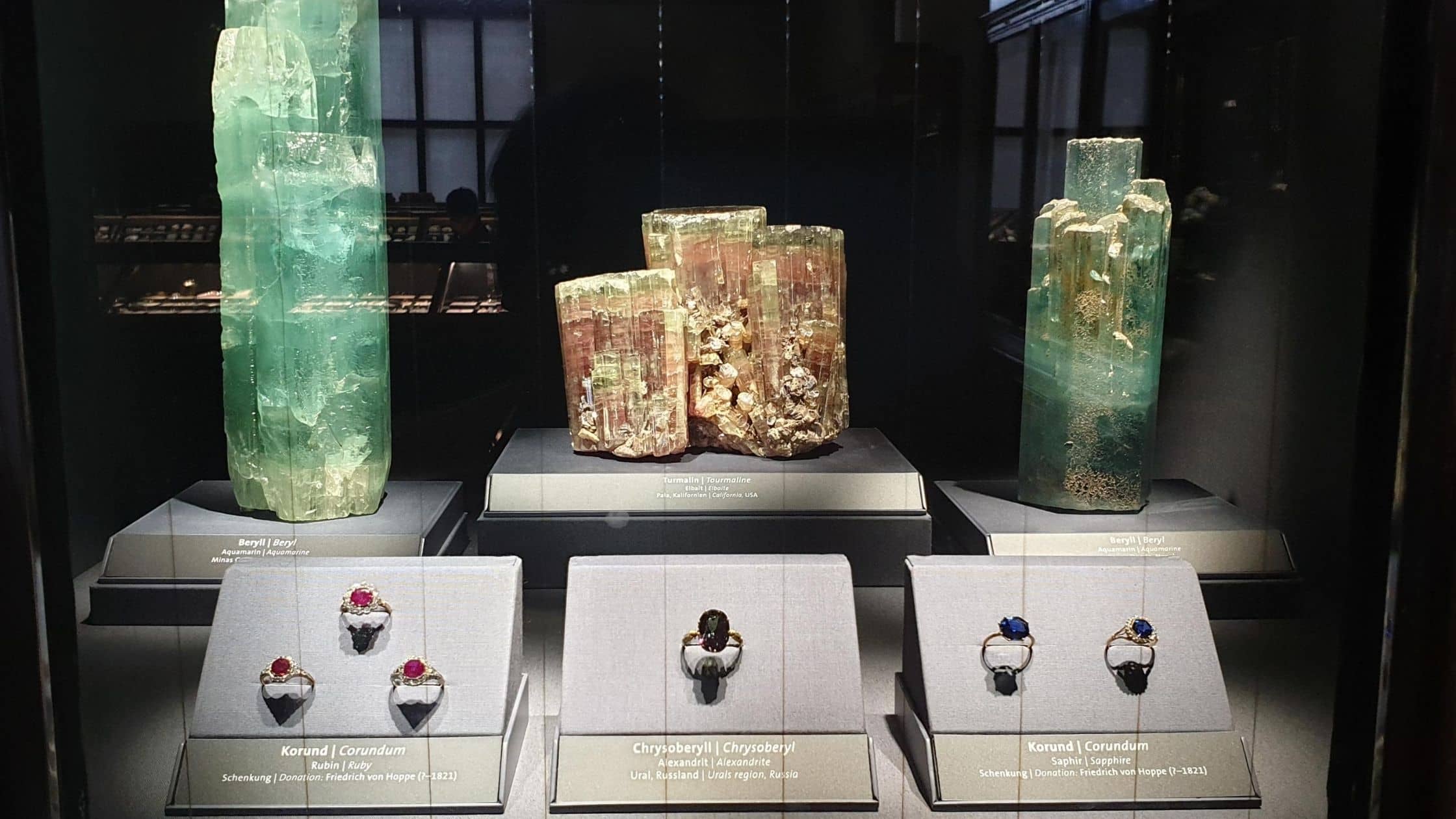
Snowball earth
Around 650 million years ago when rapid changes in the earth’s weather system apparently caused a lot of carbon dioxide to be consumed. Lack of carbon dioxide made the earth cooler. As soon as the climate became wetter and cooler, glaciers formed. These glaciers were glistening white surfaces that reflected the sun’s light. As more and more surface area of the earth reflected heat instead of absorbing it, the earth cooled much faster. For several million years, life came to a standstill.
Greenhouse gases
In due course, volcanic activity threw up the trapped carbon dioxide from within the earth’s core out into the atmosphere. Several million years later, a strong greenhouse effect caused the glaciers to melt. Thick layers of cap carbonate formed within the shallow water bodies that formed.
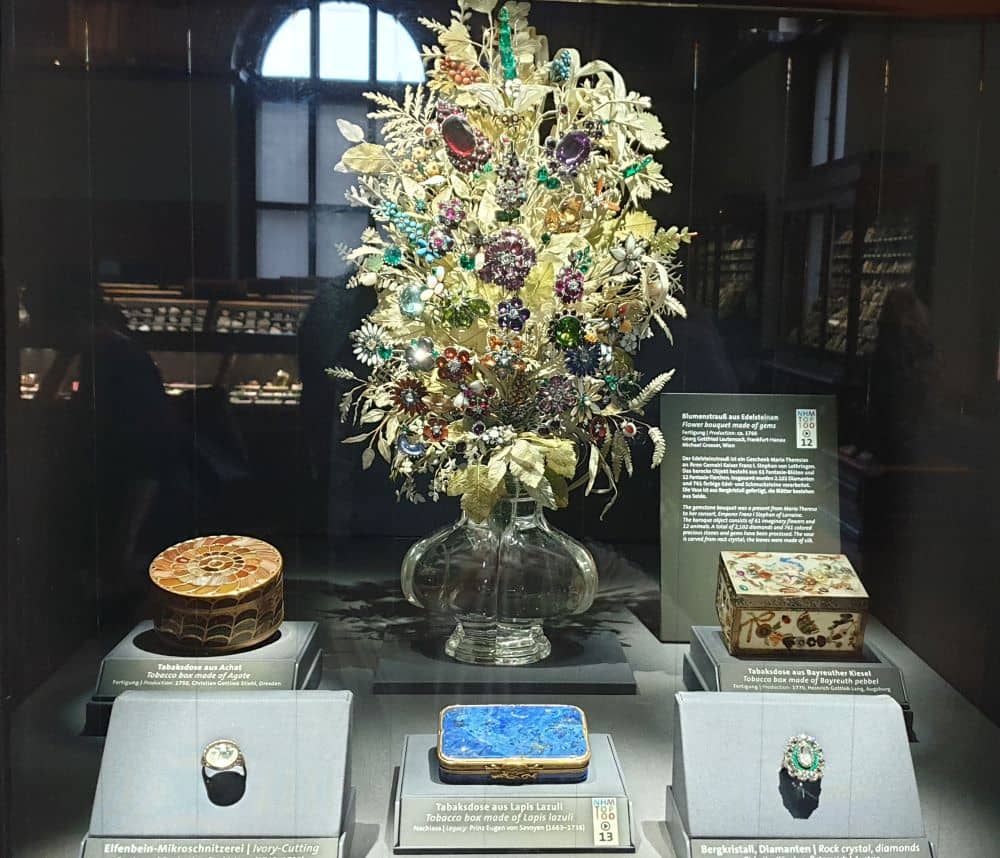
Space section
Big Bang
Our earth is home to more than 5,000 minerals. However, all of them did not form at the same time. They developed over a period of time and their evolution is closely linked with the development of the planet.
It is a surprising fact that Earth has more minerals than any of the planets or satellites out there. Studies show that Moon has some 300 minerals whereas Mars has 420. Scientists have concluded that the presence of more minerals on earth is linked to the existence of life on the planet. Without life, more than 50% of minerals on earth wouldn’t have existed.
Information panels reveal the entire process in detail about how minerals were formed. Most of the information boards are bilingual – English and German. Only a few of them are exclusively German. A staffer at the museum told us that these were soon to be translated into English.
The evolution of minerals
Big bang happened some 13.8 billion years ago. Helium and Hydrogen were the first elements that existed. Other elements were created from Hydrogen and Helium during nuclear fusion in stars. As the life cycle of stars progressed, their explosions pushed the newly formed elements in huge clouds of gas which dispersed into space in the form of tiny specs of dust. These are called “ur-minerals“.

